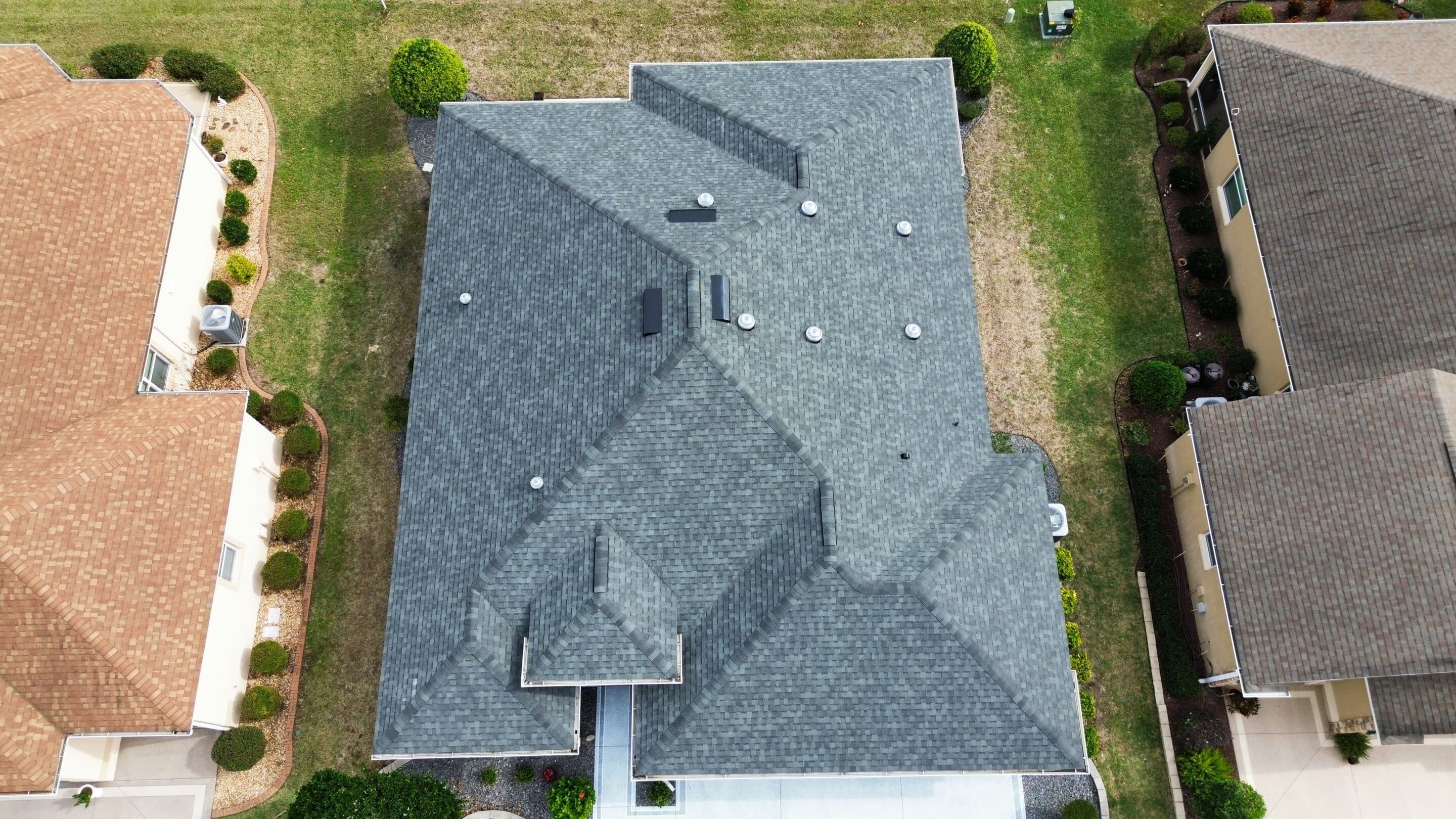Roof Replacement vs. Roof Patch: Choosing the Best Solution for Your HomeRoof Replacement vs. Roof Patch: Choosing the Best Solution for Your Home

Navigating Roof Damage
Uncovering the Causes of Roof Damage
Roof damage can be attributed to several factors, such as:
- Weather Conditions: Intense rain, wind, hail, and snow can deteriorate roofing materials over time.
- Aging: As roofs age, their materials weaken, resulting in potential leaks and structural problems.
- Poor Installation: Substandard installation can lead to early roof failure.
- Neglect: Failing to maintain the roof regularly can turn minor issues into significant damage.
To ensure the best results,
-
for your needs.
Identifying Types of Roof Damage
- Leaks: Water infiltration can compromise the roof structure and the home’s interior.
- Shingle Issues: Cracked, curling, or missing shingles expose the roof to further damage.
- Structural Problems: Damage to the roof’s structural elements, such as the decking, can weaken the entire system.
Assessing the Severity of Roof Damage
Opting for a Roof Patch
Consider a roof patch when:
- The damage is confined to a Small area.
- The roof is relatively new and overall in good condition.
- Budget constraints make a full roof replacement impractical.
Opting for a Full Roof Replacement
Choose a full roof replacement when:
- The damage is extensive or affects critical structural components.
- The roof is approaching the end of its expected lifespan.
- Previous repairs have not resolved ongoing issues.
Comparing the Benefits and Drawbacks
Pros and Cons of a Roof Patch
Pros:
- Cost-Effective: Patching is generally less expensive than a full replacement.
- Quick Solution: Repairs can be completed quickly, minimizing disruption.
Cons:
- Temporary Fix: Patches may only provide a short-term solution.
- Aesthetic Issues: The patched area might not blend seamlessly with the existing roof.
Pros and Cons of a Full Roof Replacement
Pros:
- Long-Term Solution: A new roof ensures long-term protection.
- Enhanced Aesthetics: A full replacement provides a consistent and pleasing appearance.
- Increased Property Value: A new roof can boost your home’s market value.
Cons:
- Higher Cost: Full replacements require a significant investment.
- Longer Installation: Replacing the entire roof takes more time and may cause greater disruption.
Making an Informed Decision
Factors to Consider
- Extent of Damage: Determine whether the damage is localized or widespread.
- Roof Age: Consider the age and remaining lifespan of your roof.
- Budget: Evaluate your financial situation and the cost-effectiveness of each option.
- Future Plans: Think about your long-term plans for the property.
Consulting a Professional
Seek advice from a Professional roofing contractor, such as Savage Roofing. They can assess your roof’s condition and recommend the best course of action, ensuring you make an informed decision that aligns with your needs and budget. To make an informed decision,
-
today.
Enhancing Your Home’s Value
Benefits of Roof Replacement
A roof replacement not only resolves existing issues but also:
- Boosts Curb Appeal: A new roof can dramatically improve the look of your home.
- Increases Energy Efficiency: Modern roofing materials can reduce energy costs.
- Ensures Safety: A new roof eliminates structural risks and protects your home.
Financing Options
Many roofing companies, including Savage Roofing, offer financing plans to help manage the cost of a roof replacement. Discuss available options with your contractor to find a plan that suits your budget. To ensure the best results,
-
for your needs.
FAQs About Roof Replacement and Roof Patching
What is the lifespan of a typical roof?
- Asphalt shingles last 20-25 years, while metal roofs can last 40-70 years. Regular maintenance extends any roof’s lifespan.
Can a roof patch fix leaks?
- Yes, if the damage is localized and the rest of the roof is in good condition. Address the underlying cause to prevent future leaks.
How often should I inspect my roof?
- Inspect your roof twice a year, in spring and fall, and after severe Weather events to identify and address issues early.
What are signs that I need a full roof replacement?
- Extensive shingle damage, multiple leaks, sagging areas, and significant wear and tear indicate a need for a full replacement.
How long does a full roof replacement take?
- The duration depends on the roof’s size, materials used, and weather conditions. On average, it takes from a few days to a week.
Can I finance my roof replacement?
- Many companies offer financing options. Discuss available plans with your contractor to manage costs effectively.
What maintenance steps prolong a roof’s lifespan?
- Regular maintenance, including cleaning gutters, removing debris, inspecting for damage, and addressing minor issues promptly, prolongs your roof’s lifespan.
How do I choose the right roofing contractor?
- Consider experience, certifications, customer reviews, and warranties. Ensure they are licensed and insured. Savage Roofing is a trusted choice in Central Florida.
Is a metal roof better than shingles?
- Both have advantages. Metal roofs are durable and energy-efficient, while shingles are cost-effective and versatile in appearance. Choose based on your needs, preferences, and budget.
What is the cost difference between a roof patch and a full replacement?
- A roof patch is cheaper, but if the damage is extensive or the roof is old, a full replacement may be more cost-effective by avoiding recurring Repair costs.
Conclusion
Deciding between a roof patch and a full roof replacement is a crucial decision that impacts your home’s safety, appearance, and value. By assessing the extent of the damage, considering the age of your roof, and consulting with a professional contractor like Savage Roofing, you can make an informed choice that ensures the longevity and integrity of your roofing system. Whether you opt for a cost-effective patch or a comprehensive roof replacement, maintaining a proactive approach to roof care will protect your investment and provide peace of mind for years to come. For more information, you can - here.